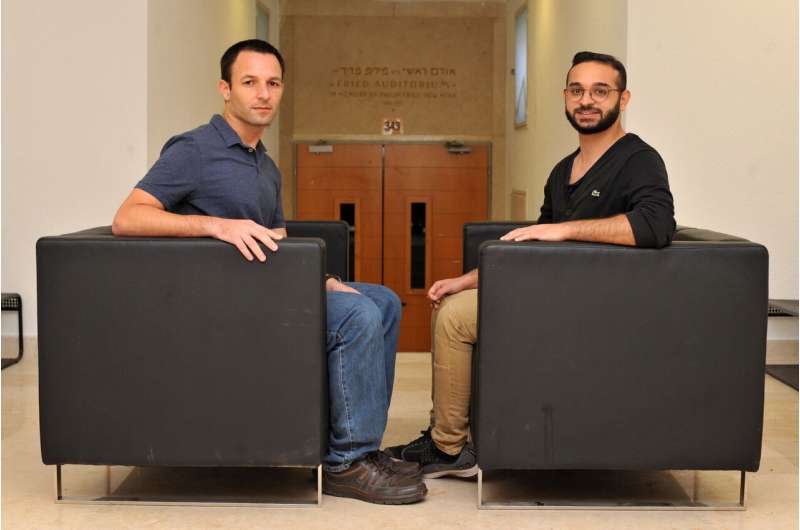January 7, 2020 feature
A two-terminal floating-gate transistor for neuromorphic computing

Researchers at Technion and TowerJazz in Israel have recently built a low-power, two-terminal floating-gate transistor that could have useful applications in neuromorphic computing. This transistor, presented in a paper in Nature Electronics, was fabricated using standard single-poly technology and a commercial 180-nm CMOS process.
"Our lab usually works on circuits and architectures with emerging devices, such as memristors," Shahar Kvatinsky, one of the researchers who carried out the study, told TechXplore. "The problem with these devices is that they are not commercially available and we can only get them on a small scale and with poor reliability. So usually, we either rely on simulations or on small proofs-of-concept with available devices."
Initially, Kvatinsky and his colleagues started looking for a way test their ideas in a more reliable environment. Subsequently, during a collaboration with TowerJazz aimed at modifying the latter's commercial Y-Flash devices, the team realized that under certain conditions, these devices could have similar behavior to devices presented in their designs. After a series of tests on these devices, they decided to model them as memristors.
"The behavior of memristors is very different than existing transistors," Kvatinsky said. "They are two-terminal (versus three or four terminals in transistors) and behave as resistors with memory (this is the meaning of the name). While memristors are not commercially available, Y-Flash is, in a stable process of 0.18 um."
The memristor-like devices presented by the researchers can be tuned precisely using optimized switching voltages and times. In addition, they can achieve 65 distinct resistive levels and have a 10-year analogue data retention.
The primary advantage of these devices, however, is that while they reproduce a memristor-like behavior, they can be easily built using commercially available technology, which is not true for most existing memristors. In addition, they are low-power and thus considerably energy-efficient.
"Note that to fabricate the Y-Flash in a memristive mode, the modifications we did are minor and do not require additional fabrication steps," Kvatinsky added. "This means that their cost is identical to standard Y-Flash transistors."
Kvatinsky and his colleagues carried out a series of experiments in which they demonstrated the potential of their memristors for a number of basic neuromorphic applications. In particular, they showed that they are suitable for achieving spike-time-dependent plasticity, vector-matrix multiplication, associative memory and classification training.
"For academics like me, our transistors will allow us to test our ideas in a relatively large scale design with regular transistors," Kvatinsky said. "For the industry, it opens up opportunities to manufacture efficient neuromorphic AI systems for low-power applications."
These memristors could open up exciting new possibilities for numerous areas of research and development. They could be particularly useful for applications that require the use of memristors at a large scale, such as neuromorphic AI systems, as well as for those that require excellent integration with commercial technologies.
"In this paper, we showed how the basic device behaves and demonstrated several neural networks related applications," Kvatinsky said. "We now plan to design and manufacture larger applications and integrate them with transistors."
More information: Loai Danial et al. Two-terminal floating-gate transistors with a low-power memristive operation mode for analogue neuromorphic computing, Nature Electronics (2019). DOI: 10.1038/s41928-019-0331-1
© 2020 Science X Network


















